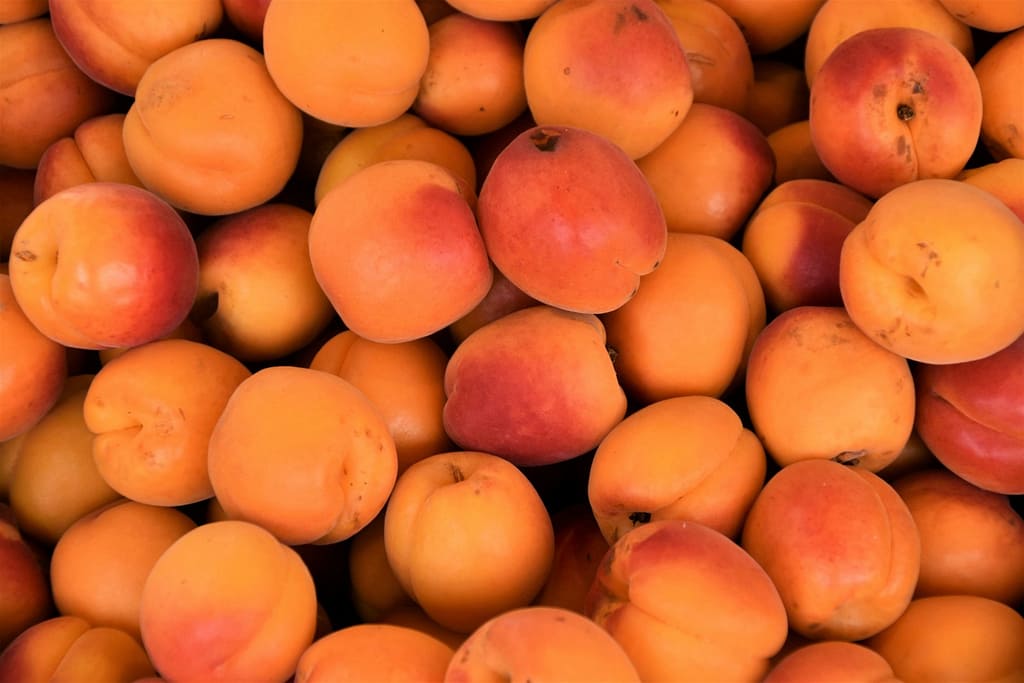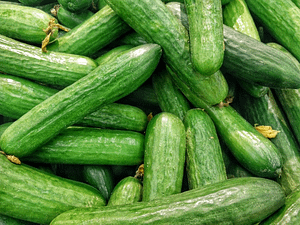
Introduction
Phaseolus vulgaris, commonly known as the common bean, is a plant species that belongs to the legume family, Fabaceae. It is widely cultivated and valued for its nutritional content and versatility in cooking. Native to Central and South America, the common bean is now grown in many parts of the world. This blog post will explore the various forms of common beans, their nutritional benefits, and their significance in different diets worldwide.
The Different Forms of Common Beans
Common beans are available in various forms, each with its own unique characteristics and culinary uses. Some of the most popular types of common beans include:
Kidney Beans
Kidney beans are named for their kidney-like shape and are typically dark red in color. They have a robust flavor and a creamy texture when cooked. Kidney beans are commonly used in dishes such as chili, soups, and salads. They are a rich source of protein, dietary fiber, folate, and iron.
Black Beans
Black beans have a deep black color and a slightly sweet, earthy flavor. They are commonly used in Latin American and Caribbean cuisines, where they are featured in dishes such as black bean soup, rice and beans, and black bean burgers. Black beans are an excellent source of protein, fiber, and antioxidants.
Pinto Beans
Pinto beans are medium-sized beans with a speckled appearance. They have a creamy texture and a mild, nutty flavor. Pinto beans are often used in Mexican and Tex-Mex dishes, such as refried beans, burritos, and enchiladas. They are a good source of protein, fiber, and various vitamins and minerals.
Navy Beans
Navy beans, also known as haricot beans, are small, white beans with a mild flavor and a smooth texture. They are commonly used in baked bean dishes, soups, stews, and casseroles. Navy beans are a rich source of protein, dietary fiber, and essential minerals such as potassium and magnesium.
Nutritional Benefits of Common Beans
Common beans, regardless of their variety, are highly nutritious and offer numerous health benefits. Here are some of the key nutritional benefits of including common beans in your diet:
Protein
Common beans are an excellent source of plant-based protein. They provide a substantial amount of protein, making them an important component of vegetarian and vegan diets. Protein is essential for the growth, repair, and maintenance of tissues in the body.
Fiber
Common beans are rich in dietary fiber, which is important for digestive health. Fiber helps regulate bowel movements, prevents constipation, and promotes a feeling of fullness, which can aid in weight management. It also plays a role in reducing the risk of certain chronic diseases, such as heart disease and type 2 diabetes.
Vitamins and Minerals
Common beans are a good source of various vitamins and minerals, including folate, iron, magnesium, and potassium. Folate is essential for cell division and the production of DNA, while iron is important for oxygen transport in the body. Magnesium and potassium are necessary for proper muscle function and maintaining healthy blood pressure levels.
Common Beans in Different Diets
Common beans are a staple food in many cuisines around the world and are valued for their nutritional content and versatility in cooking. Let’s explore how common beans are incorporated into different diets:
Mediterranean Diet
The Mediterranean diet is known for its emphasis on fruits, vegetables, whole grains, legumes, and olive oil. Common beans, such as chickpeas and white beans, are frequently used in Mediterranean dishes like hummus, salads, and stews. They provide a good source of plant-based protein and fiber in this diet.
Mexican Cuisine
In Mexican cuisine, beans are a staple ingredient and are used in a variety of dishes. Refried beans, black beans, and pinto beans are commonly featured in Mexican recipes such as tacos, burritos, and enchiladas. Beans add flavor, texture, and nutritional value to these traditional dishes.
Indian Cuisine
In Indian cuisine, lentils and chickpeas are the most commonly consumed legumes. They are used in a wide range of dishes, including dals, curries, and snacks like falafel. These legumes provide a significant amount of protein and fiber in the Indian diet.
Vegan and Vegetarian Diets
Common beans are a valuable source of protein for individuals following vegan and vegetarian diets. They can be used as a meat substitute in various dishes, such as bean burgers, chili, and bean-based stews. Beans provide essential amino acids and nutrients that are typically found in animal products.
Conclusion
Phaseolus vulgaris, or the common bean, is a versatile and nutritious plant species that is cultivated and consumed worldwide. With its various forms, including kidney beans, black beans, pinto beans, and navy beans, the common bean offers a range of flavors and culinary possibilities. Common beans are packed with protein, fiber, vitamins, and minerals, making them an important component of many diets. Whether they are incorporated into Mediterranean, Mexican, Indian, or plant-based diets, common beans provide valuable nutrition and contribute to the overall health and well-being of individuals.

